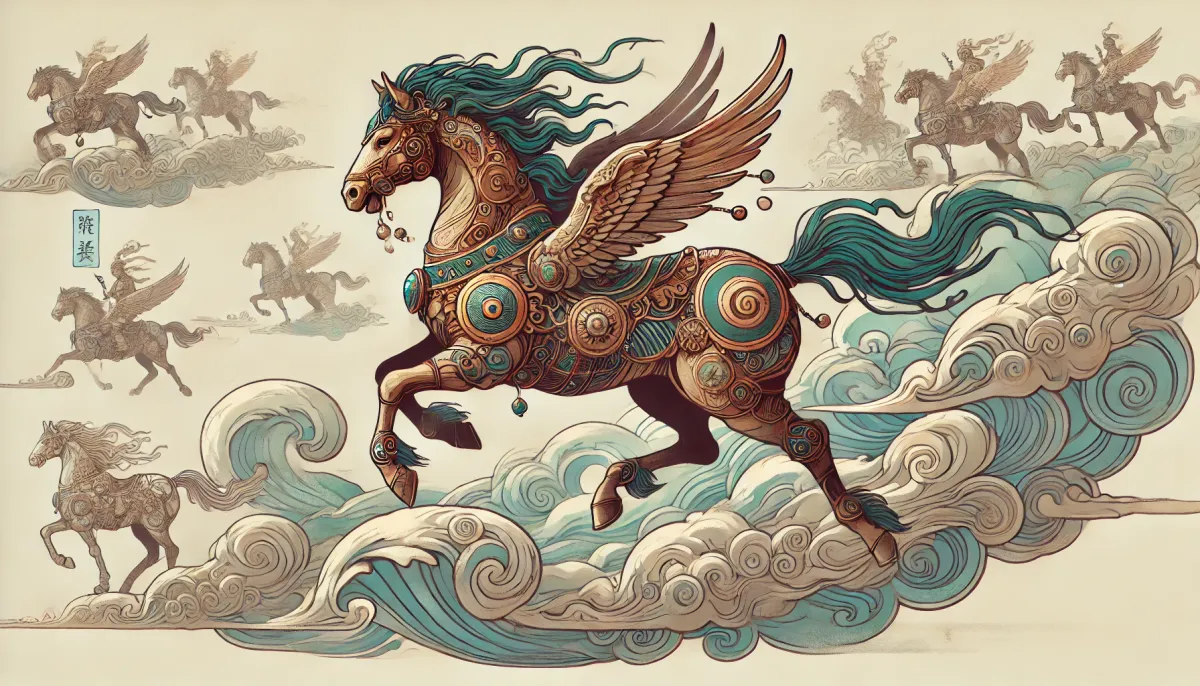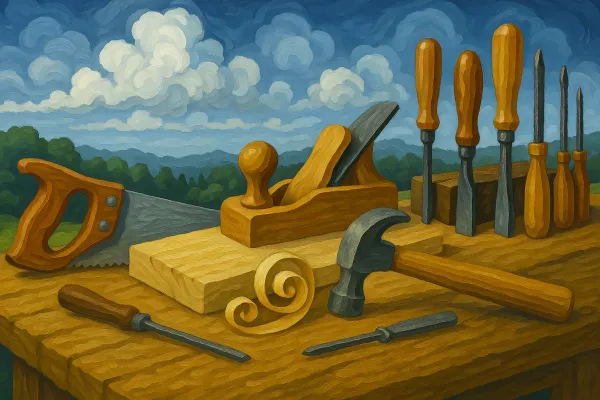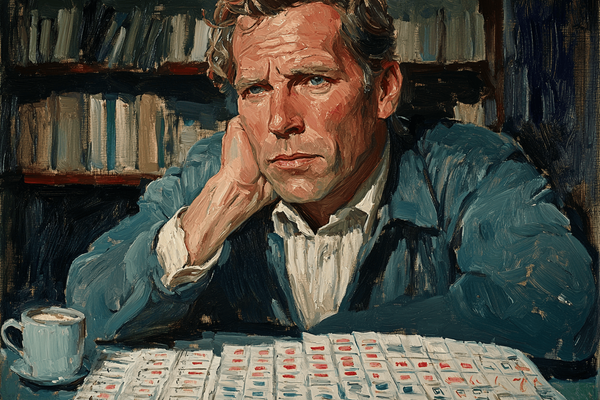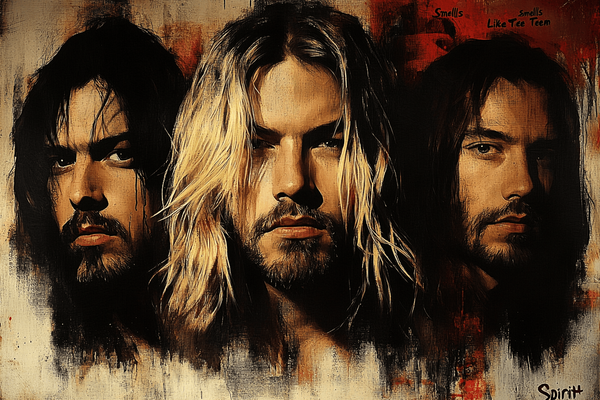Mythical Horses (16 of Them!)
List about horses in blog about lists.

Why Horses in the Blog?
After learning what a listicle is, it’s time to put this knowledge to use and create one. Today, the Treasure Trove of Books with Lists offers us the opportunity to ride high. Horses are beautiful, after all. But it’s not just a horse today. We will explore legendary horses that have captured human imagination throughout history.
The book “The Horse Book of Lists” by Cindy Hale [1] will help us dive into the horse’s place in mythology. Cindy has also written several other books about horses. Now retired from active competition, she’s a popular judge at local and county-rated open and hunter/jumper shows [2].
In her book of horse lists, we’re particularly interested in the list titled “8 Examples of the Horse in Myths and Religions”. Let’s see what legacy these ancient friends of humans have left in our culture.
The first eight items are from the aforementioned book. This list is quite specific, and I will add other well-known horses to it. It’s important to note that there is a significant cultural layer related to horse culture in various parts of the world. Therefore, my additions will only skim the surface of this vast topic. This list will explore various mythical horses names from different cultures and legends.
- Native American Tribe Amulets.
- Epona, the Celtic Goddess of Horsemanship.
- Rhiannon, the Goddess of Welsh Mythology Associated with Horse Worship.
- The Horse of the Chinese Zodiac.
- The Horses of the Four Horsemen of the Apocalypse.
- Widowmaker the Horse and Cowboy Pecos Bill.
- The Hindu Horse Devadatta.
- Unicorn.
- The Pegasus Winged Horse.
- Other Horses in Greek Mythology.
- The Horses of the Ossetian Nart Saga.
- Sivko-Burko.
- Sleipnir, the Eight-Legged Horse of Odin in Norse Mythology.
- Kelpie, the Bloodthirsty Horses of Scotland, Demon Horse.
- The Bird-Horses Ashvins from Ancient India.
- The magic Burak of the Prophet Muhammad.
Native American Tribe Amulets
Native Americans, particularly tribes of the Southwest, carved small images of animals from semiprecious stones. These fetishes were believed to have magical powers that could be used by the bearer to overcome threats or problems. A horse fetish was—and still is—popular, as it is thought to possess healing powers and to provide strength and swiftness. Sacred horses hold a significant place in these traditions, symbolizing spiritual and cultural importance.

Interestingly, it’s unclear when exactly the people of these areas started making these amulets. Horses became extinct in the Americas in the 8th millennium BCE and only reappeared during the colonization period of the 16th century [4].
Epona, the Celtic Goddess of Horsemanship
Epona, goddess of horses and those who care for them, was worshiped by the Celts until the Roman invasion (222 BC). Epona is the only Celtic deity to find a home in the Roman pantheon of mythology, where she eventually became the protectress of the cavalry.

Rhiannon, the Goddess of Welsh Mythology Associated with Horse Worship
Rhiannon is the goddess who is associated with horses in Welsh mythology, which includes a grand tale about how Lord Pwyll was so smitten with her beauty that he made her his queen after he spied her riding astride a magical and elusive white horse.

The Horse of the Chinese Zodiac
The Chinese zodiac celebrates the Year of the Horse every twelve years. The next go-round is in 2014. Humans born under that sign are said to be outgoing, adventurous, and energetic. But they're also impetuous and strong willed.
This text, along with those from previous sections, are paragraphs from the original book. The nearest Chinese New Year that all impetuous and strong-willed horse lovers should look forward to is in 2026.
The Horses of the Four Horsemen of the Apocalypse
The Bible’s book of Revelations, chapter 6, describes the appearance of the Four Horsemen of the Apocalypse, generally thought to represent pestilence, war, famine, and death. These apocalyptic horses are colored white, red, black, and “pale”, respectively.

Widowmaker the Horse and Cowboy Pecos Bill
To be honest, this is a surprising entry in the original list for me. Some scholars even believe that Pecos Bill is not a figure of folklore [5]. Although Pecos Bill and his horse have become a symbol of cowboys, this symbol is quite young, just over 100 years old.
American folklore of the Old West includes the story of superhuman cowboy Pecos Bill and his horse, Widowmaker. In this tall tale, Widowmaker is so jealous of Bill's new bride, Slue-Foot Sue, that he bucks her off his back, sending her bouncing on her bustle, unable to stop, to the moon and back.

The Hindu Horse Devadatta
In the Hindu religion, a magnificent white horse named Devadatta, often referred to as a divine steed, is ridden by Kalki, an incarnation of the god Vishnu, who brandishes a sword to reestablish righteousness and virtue in a world that has become evil and corrupt.

Unicorn
The beautiful unicorn, often referred to as one of the magical horses, is a legendary creature and a great example of human imagination in world cultures throughout history. In the East, for example, it is known as Kirin (Japan) and Ki-lin (China). Ancient Greek natural historians mentioned the unicorn as a real creature, although the one-horned animal described circa 390 BC was probably a misinterpretation of journal notes describing a rhinoceros.

The Pegasus Winged Horse
In Greek myth, this winged horse, one of the many mythical creatures, leaped from the body of Medusa along with his brother, the warrior Chrysaor, after Perseus beheaded her [9]. Pegasus is a famous flying horse depicted in literature, cinema, video games, and other cultural artifacts.

Other Horses in Greek Mythology
Greek mythology contains so many mythical beasts that they are divided into categories. There are the horses of gods and also the horses of heroes.
Among the former are horses such as Abraxas, Bel, Iao, and the mares Bronte and Sterope, among many others. All of these are the animals of the god Helios. Apollo is often associated with a chariot. Even Hades had his horses, though not as many as Helios.
The heroes also interacted with horses. For example, the man-eating horse Xanthus was slain by Heracles during his eighth labor. Xanthus is a notable example is the Mares of Diomedes, fearsome horses that fed on human flesh, highlighting their dangerous nature.
There were so many stories about horses in Greece that they cannot be fully captured in this brief point.
The Horses of the Ossetian Nart Saga
In Ossetia, in the Caucasus region, as well as among some neighboring peoples, the Nart epic is popular. These are tales of the origins and adventures of the hero-warriors, the Narts [11].
The epic contains many names of heroic horses. Notably, the swift horse Arfan, after whom the Milky Way is called in Ossetia (Arfan’s path). The legendary Afsurg is the progenitor of all horses in the epic. In addition to Arfan, the tales mention Alasa, Durdura, Keldura, Alypp, Gemura, Tæran, Tsagdi, Bedzenag, Uaddym, Saulokh, Khuaera, Chesan, Tsylan [12]…

Sivko-Burko
The famous legendary steed from Russian folk tales, known for jumping high and helping a fool marry a princess.

Sleipnir, the Eight-Legged Horse of Odin in Norse Mythology
Here is a description of Sleipnir, the mythical horse of incredible strength and a hero of Norse mythology [15]:
In ancient Norse mythology, Sleipnir is the son of Loki and the giant stallion Svaðilfari. He is a beautiful and powerful horse with eight legs, capable of galloping with incredible speed through the air. Sleipnir is mentioned multiple times in the texts of both the Poetic and Prose Edda and belongs to Odin, the ruler of Asgard.

Kelpie, the Bloodthirsty Horses of Scotland, Demon Horse
It appears that the Scots had a special relationship with water horses. At least, kelpies were shape-shifters, luring people into the water and drowning them. The Scots weren’t fond of them. It’s understandable. Hardly anyone likes demon horse. Though this isn’t the first time Scots have been displeased in this blog.

The Bird-Horses Ashvins from Ancient India
Here's what is written about the Hindu pantheon gods in a chariot [16]:
In ancient India, the Ashvins were depicted as two birds or bird-horses.
The term asvin- means “having horses” or “born of a horse.” Thus, from the name itself, the connection between these deities and horse symbolism, and the horse cult in general, is derived. In the Rigveda, the Ashvins are consistently associated with a chariot drawn by horses (sometimes oxen or a donkey).

The magic Burak of the Prophet Muhammad
This is how Burak is described in Wikipedia [18]:
The Buraq is a supernatural winged horse-like creature in Islamic tradition that served as the mount of the Islamic prophet Muhammad during his Isra and Mi'raj journey from Mecca to Jerusalem and up through the heavens and back by night. The Buraq is also said to have transported certain prophets such as Abraham over long distances within a moment's duration.

The Horse in Mythology: Conclusions
In the beliefs of various peoples, the horse occupies a vital place. Often, it is a faithful companion and every so often a wise advisor. So wise, in fact, that it does a significant part of the hero's work for them.
This short article is a very fragmented guide to a few moments in the world of horses in human myths and religions. To describe the topic even somewhat fully would require several comprehensive works. E.g., in Arthurian legend, the horse is a symbol of chivalry and honor, and it’s not covered in the article. We’ve covered the lake horse, but not the sea horse. Sometimes horses belong to the Sun god or the night sky.
Surprised by the number of horses and steeds? Subscribe to the “So List” blog — there are many more amazing lists and checklists in the world. You'll also learn how to solve many issues with these simple yet powerful tools.
List of Links
[1] Cindy Hale, The Horse Book of Lists: 968 Fascinating Facts and Tantalizing Trivia, ISBN 978-1-933958-34-7
[2] Cindy Hale from “Horse Illustrated”
[3] Image from Horse Fetishes on “Best of Zuñi”
[4] “Horses” from Wikipedia
[5] “Pecos Bill” from Wikipedia
[6] Image from The Story of Pecos Bill on “Owlcation”
[7] Image from “Kalki Avatar 1932” on “Paintings by N.K. Roerich”
[8] Image from page 71 of the book Icones Animalium on Internet Archive
[9] “Pegasus” from Wikipedia
[10] Image from “Winged Pegasus in Artists' Paintings” on “Yavarda”
[11] “Nart Saga” from Wikipedia
[12] “Horses in the Nart Epic” from “Republic Newspaper” (in Russian)
[13] Image from “Æfsūrğ (Afsurg) — The Wonder Horse of Uastyrdzhi” on “Swati Farna”
[14] Image from “Second Illustration for the Book Sivko-Burko. Tales” on “Labyrinth”
[15] “Sleipnir” from “Runarium” (in Russian)
[16] “Twin Myth” from StudBooks.net (in Russian)
[17] “Ashvins: Vedic Twin Gods of Medicine and Healing Were Skilled Surgeons” from “Ancient Pages”
[18] “Buraq” from Wikipedia



